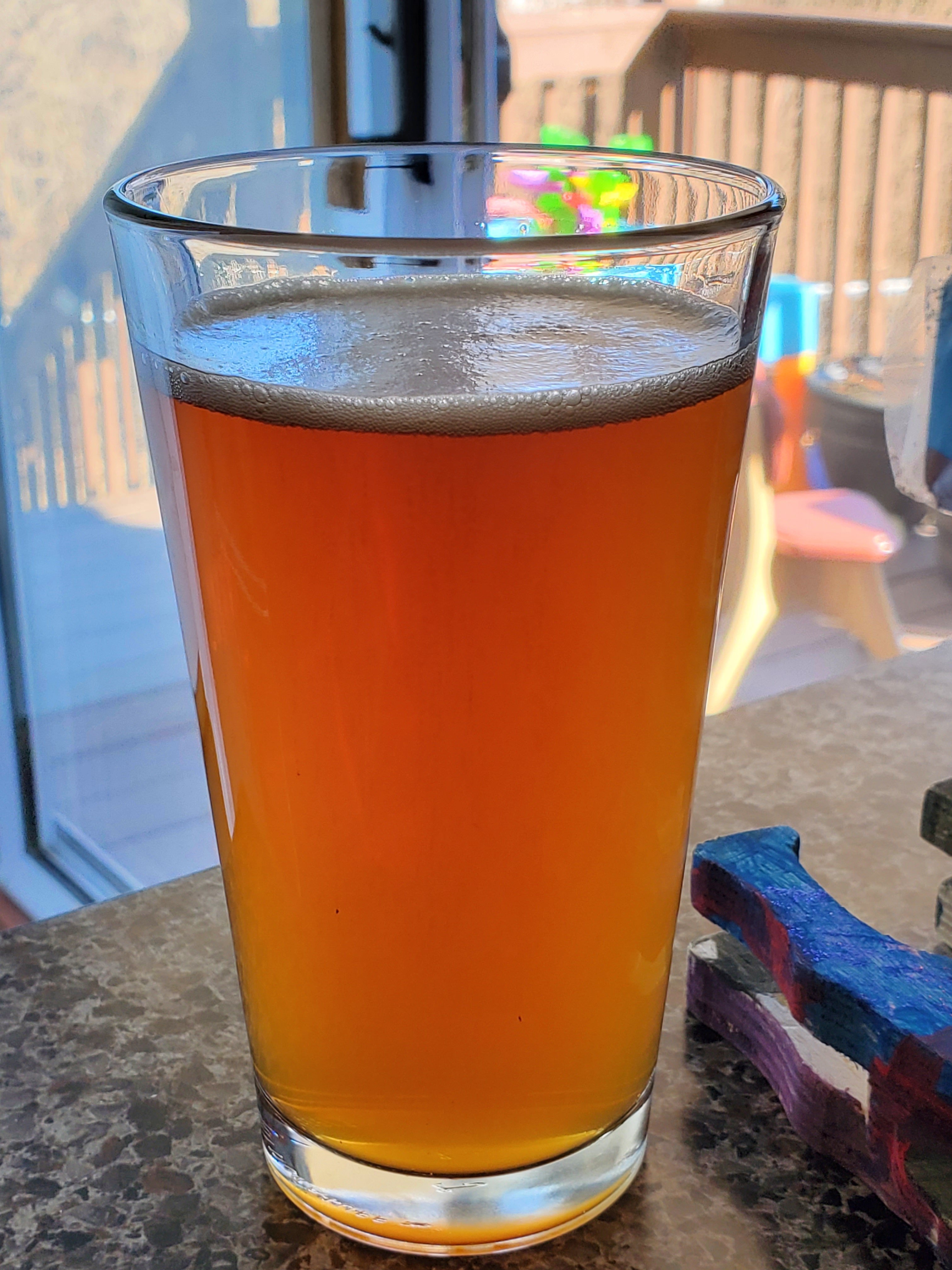Ok, but the main takeaway here seems to be that people are still experiencing this foam delay thing regardless of the usage of irish moss or not.
FWIW and maybe slightly off topic, but here some recent anectodal observations of mine:
First thing, I also experience this delay in good head formation/retention, and I would also be very much interested to find out the reasons for this phenomenon.
I bottle condition all my beers.
Usually, the head starts to be quite good at 3 weeks post bottling. At 4 weeks it is good. At 6 weeks it is perfect.
A while back I started using Irish moss and I added it to 3 brews in a row. Then I went back to not using it for my last two brews.
If anything, it may have had the opposite effect (i.e., less head retention compared to my "standard"). But then again, it's difficult to say...for instance, I started experimenting with malted oats nearly at the same time, and I employed about 20% malted oats in 2 out of these 3 brews. It certainly could have had more to do with the malted oats than the Irish moss... .
In a recent brew I did not use Irish moss but did throw in some 15% malted oats. It also has somehow less head retention than what I'm used to.
I read that malted oats can be detrimental to head retention at large percentages, but it shouldn't be a problem at 15 - 20%...
Anyway, for the time being I decided on skipping both the malted oats and the Irish moss, and go back to my older ways. I have been chasing mouthfeel (hence the malted oats), but I also and absolutely want to keep the best head retention I can, as this aspect of beer is very important for me.
Anyway, long story to say that I don't think Irish moss has a perceptible impact on head retention, but I could be wrong.



































![Craft A Brew - Safale S-04 Dry Yeast - Fermentis - English Ale Dry Yeast - For English and American Ales and Hard Apple Ciders - Ingredients for Home Brewing - Beer Making Supplies - [1 Pack]](https://m.media-amazon.com/images/I/41fVGNh6JfL._SL500_.jpg)

























